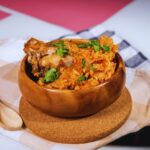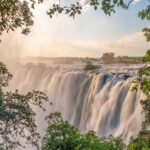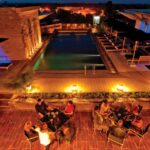“Travel isn’t always about the destination; sometimes it’s about how a place changes you.” – Anthony Bourdain
The Gambia may be the smallest country on the continent of Africa, but its beauty is anything but small.
Most travelers land here for the golden beaches along the Atlantic coast, yet the real magic of this nation begins when you wander inland to its capital, Banjul.
In Banjul, time slows down. It is not a place you rush through. It is a small city with a big soul.
This compact city is full of history, culture, flavors, and unforgettable encounters.
If you are looking for a destination that feels alive with tradition and yet easy to explore, Banjul offers exactly that.This guide will take you through the best things to do in Banjul. You’ll also find tips on food, culture, and the best time to visit.
Arch 22

One of the first sights that will catch your eye in Banjul is Arch 22.
Standing tall at 35 meters, Arch 22 greets visitors as they enter the capital. It is one of The Gambia’s tallest, commemorating the country’s 1996 government change.
You can climb up its spiral staircase to a small museum and balcony. From here, the views stretch across the city, the River Gambia, and out to the ocean. It’s a perfect first stop to get your bearings.
The entry ticket is affordable, usually under $2, and worth every dalasi for the panoramic perspective.
Inside, you’ll find exhibitions on Gambian culture and politics, giving you context before you wander further.
The atmosphere around the arch is lively, with people selling snacks and children playing nearby. This is a gateway into the soul of Banjul.
Albert Market
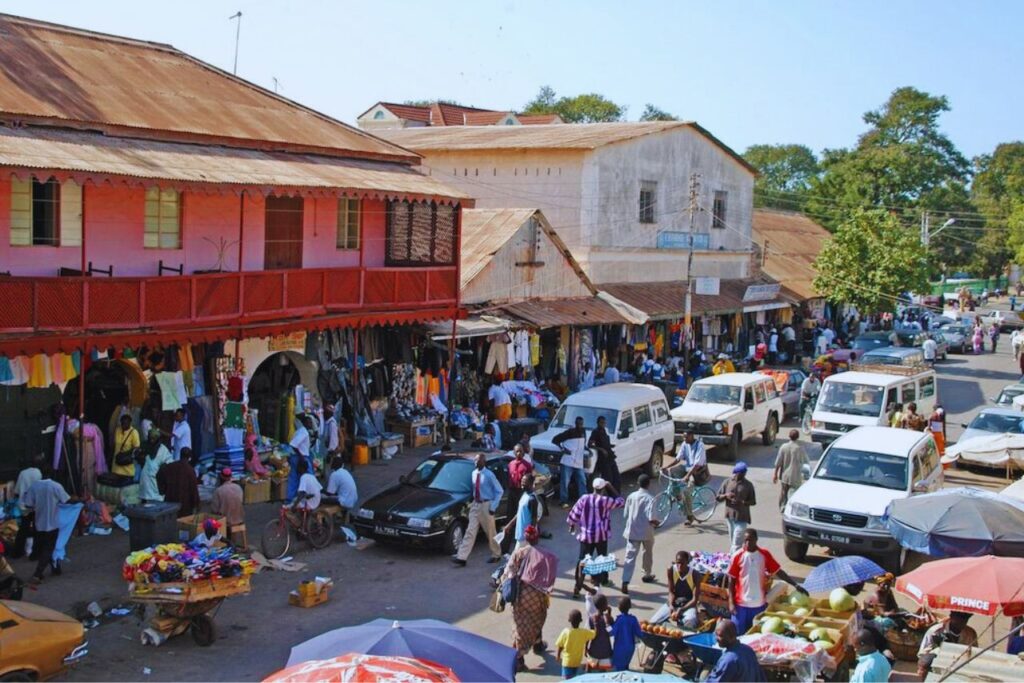
Photo source: stunningtravel
If you want to feel the pulse of Banjul, head to Albert Market, also known as King George V Market.
It’s a bustling maze of stalls where traders sell everything from bright fabrics and carved masks to fresh produce and seafood.
The energy here is contagious. You will hear bargaining in Wolof, Mandinka, and English, and the aroma of spices fills the air.
Prices are friendly for travelers. A few dalasis can buy you tropical fruits, handmade jewelry, or even a pair of leather sandals.
Don’t be shy about bargaining; it’s part of the fun and the culture.
Visiting Albert Market is not just about shopping but about connecting with the everyday life of Gambians.
Take your time, smile often, and you’ll leave with both souvenirs and stories.
READ ALSO: Lagos City Guide: Beaches, Nightlife, and Hidden Gems in Nigeria
Banjul Ferry and Fish Jetty
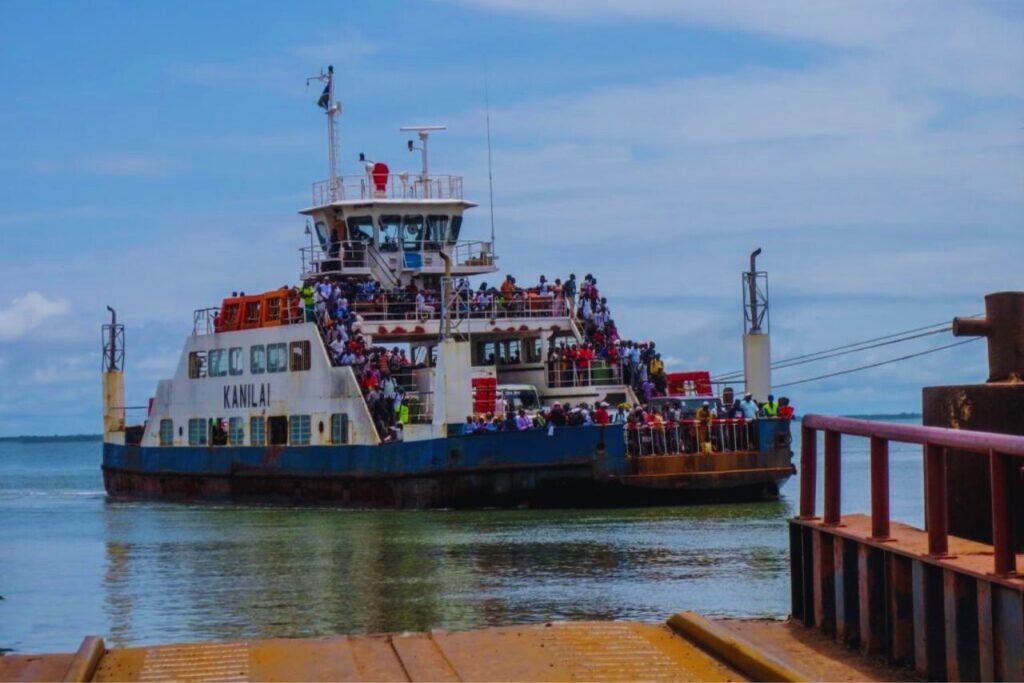
Photo source: mewithmysuitcase
Crossing the River Gambia on the Banjul Ferry is an adventure in itself.
The ferry connects Banjul to Barra across the River Gambia, carrying passengers, cars, and goods.
You’ll see fishermen, families, and traders all packed together, sharing space and stories as the boat slowly makes its way across.
The ride is chaotic, noisy, and unforgettable.
Right by the ferry terminal, the Fish Jetty bursts with color and activity in the late afternoon. Wooden pirogues return loaded with the day’s catch, and fishermen haul in barracuda, tilapia, and shrimp.
The smell of the sea mixes with the smoky grills where women cook the fish fresh on the spot. This is the best place to enjoy local seafood for a fraction of what you’d pay in a restaurant.
Colonial Streets and Corniche Architecture
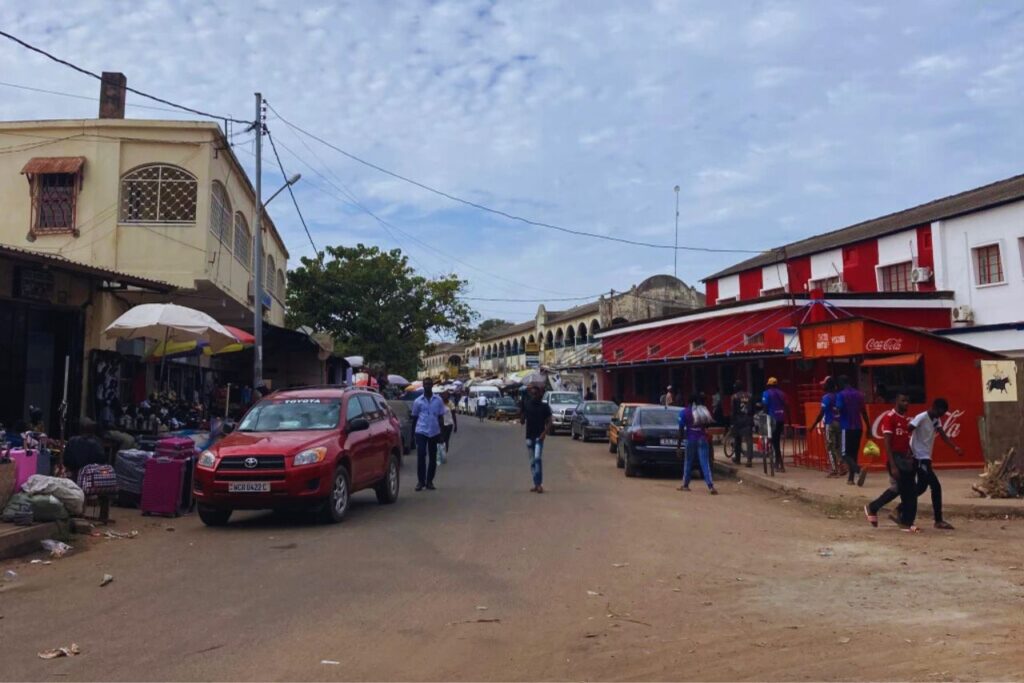
Photo source: janesmidlifejourney
Walking through Banjul’s old streets feels like stepping back in time.
The colonial-era buildings along the Corniche and Market Streets whisper stories of the city’s past as a trading hub.
Some of the structures show wear, with faded pastel paint and wooden shutters, while others are restored and house cafés or offices.
Strolling here gives you a sense of Banjul’s layered history.
Stop for tea at a local café, or sit on a bench and watch daily life unfold around you.
This area is also great for photography. The mix of colonial facades, street vendors, and palm trees creates a scene that is both authentic and picturesque.
James Island (Kunta Kinteh Island)
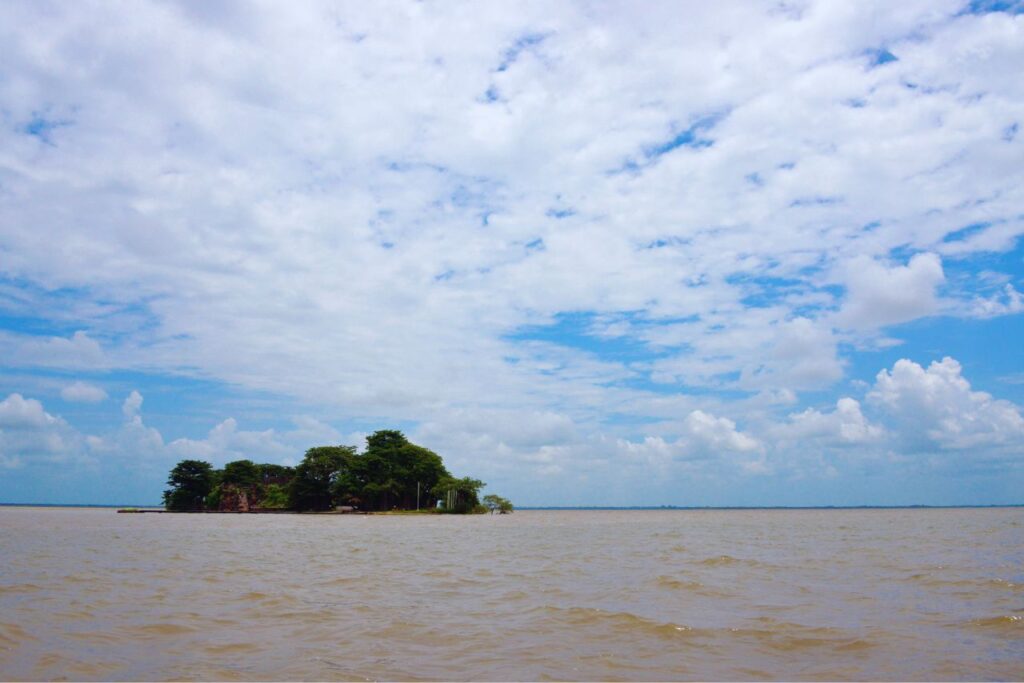
A trip to James Island, now known as Kunta Kinteh Island, is both moving and educational.
This small island on the River Gambia was once a key site in the transatlantic slave trade.
Today, its ruins remain as a UNESCO World Heritage Site, reminding visitors of a painful yet important history.
You can reach the island by boat trip, often starting from Albreda or Juffureh, both historic villages themselves. Walking among the crumbling fort walls, you feel the weight of the stories connected to this place.
Guides share the history of Kunta Kinteh, made famous through the book and TV series Roots. Visiting James Island is a powerful experience that deepens your understanding of The Gambia’s heritage.
READ ALSO: Accra Travel Guide (Ghana): Best Things to Do, See & Eat in 2025
National Museum of The Gambia

Photo source: maps.me
For a closer look at Gambian history and culture, stop at the National Museum in Banjul.
The building is small but packed with fascinating exhibits. You’ll find displays on traditional music, art, archaeology, and colonial history.
It’s a great place to escape the midday heat while learning more about the country you are exploring.
The museum helps tie together the cultural threads you’ll encounter in markets, villages, and daily life.
Entry is affordable, usually around $1, making it accessible for all travelers.
Other places to explore
Banjul War Cemetery
The Banjul War Cemetery is a quiet but powerful reminder of The Gambia’s place in world history. It is where Commonwealth soldiers who served in World War II are buried.
The grounds are carefully maintained, and the atmosphere is one of solemn respect, making it a meaningful stop for history lovers.
State House (Presidential Palace – Exterior)
The State House is the official residence of The Gambia’s president and one of the most recognizable landmarks in Banjul.
While the interior isn’t open to visitors, its striking colonial-style architecture and the ceremonial guards stationed outside make it worth a look as you explore the city.
King Fahad Mosque
The King Fahad Mosque is one of Banjul’s most striking landmarks. Its tall minarets rise above the city skyline, and during prayer times, you’ll hear the call echoing across the streets.
Built with support from Saudi Arabia, it is the largest mosque in The Gambia and a place of deep spiritual significance. Visitors can admire its grand architecture from the outside, where the white walls and domes gleam in the sunlight, offering a quiet contrast to the busy market streets nearby.
Hidden Corners and Day Trips
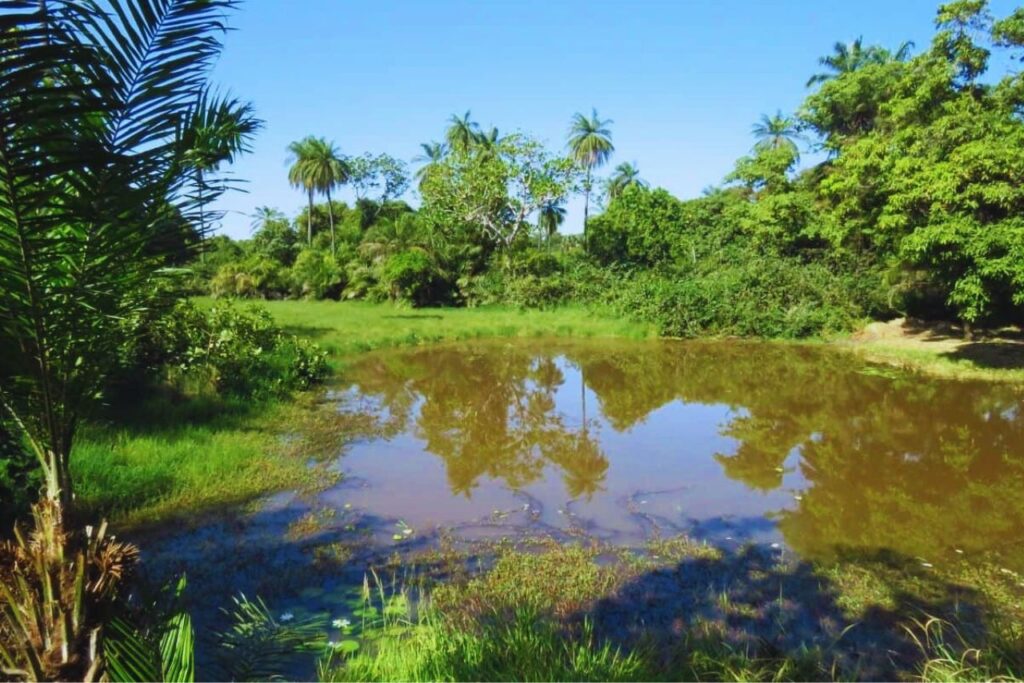
Photo source: matureadventures
Beyond the well-known sights, Banjul offers hidden corners worth exploring.
Walk to the outskirts and you’ll find small neighborhoods where children play football in sandy streets. These quieter areas show the warm hospitality The Gambia is famous for.
For a day trip, head to Abuko Nature Reserve, about 25 minutes from the city.
Here you can see monkeys, crocodiles, and over 270 bird species.
It’s one of the easiest ways to connect with The Gambia’s natural beauty without leaving Banjul too far behind.

READ ALSO: Top Hidden Gems in West Africa You Need to Visit
Food and Flavors of Banjul
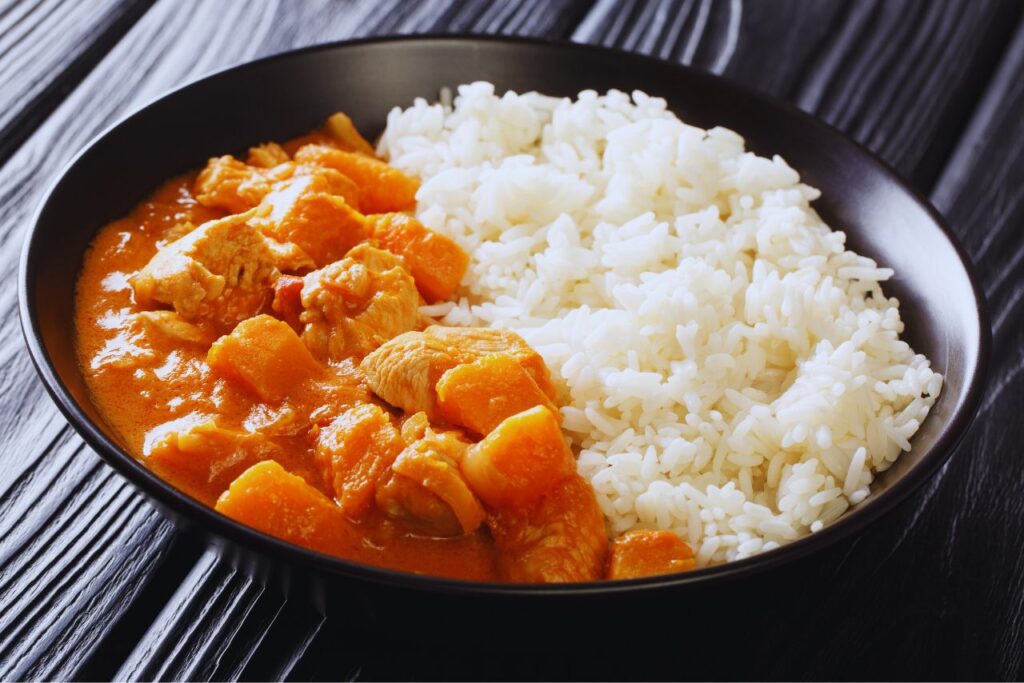
One of the best ways to experience a city is through its food.
In Banjul, you’ll taste dishes that combine African, Arabic, and European influences.
Try domoda, a peanut stew with meat or fish, served with rice. Or sample benachin, also called Jollof rice, which bursts with spices and flavor.
Street food is both delicious and cheap.
Grilled fish by the ferry terminal, spicy kebabs, and fresh mangoes are all popular.
Don’t miss attaya, a strong green tea served with lots of sugar and foam. It’s more than a drink; it’s a social ritual.
Sitting down for tea is a way to connect with locals and slow down the pace of your trip.
Music, Culture, and Nightlife
As the sun sets, Banjul’s energy shifts.
Live music spills from bars, and you’ll hear the rhythmic beats of kora and drums. Traditional performances often mix with modern styles, creating a soundscape unique to The Gambia.
Nightlife in Banjul is relaxed but vibrant. Small clubs, beachfront bars, and open-air spaces invite you to dance or simply enjoy the music.
Gambians love to share their culture, so don’t be surprised if someone pulls you into a dance circle.
Best Time to Visit Banjul
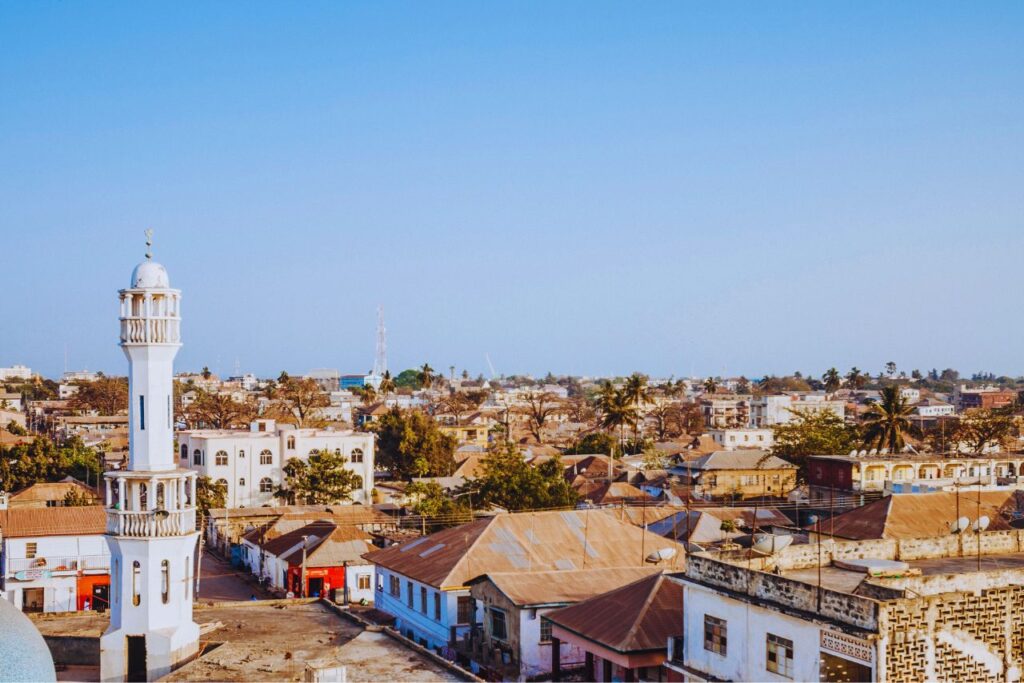
The best time to visit Banjul is during the dry season, from November to May.
Days are sunny, the weather is warm but not overwhelming, and the nights are comfortable. This period also sees cultural festivals, making it ideal for travelers who want to experience both history and celebration.
The rainy season, from June to October, has its own charm.
The landscape turns green, and the crowds are fewer. However, heavy rains can affect travel plans, especially if you want to visit islands or take river trips.
For first-time visitors, the dry season offers the smoothest experience.
Travel Tips for Banjul
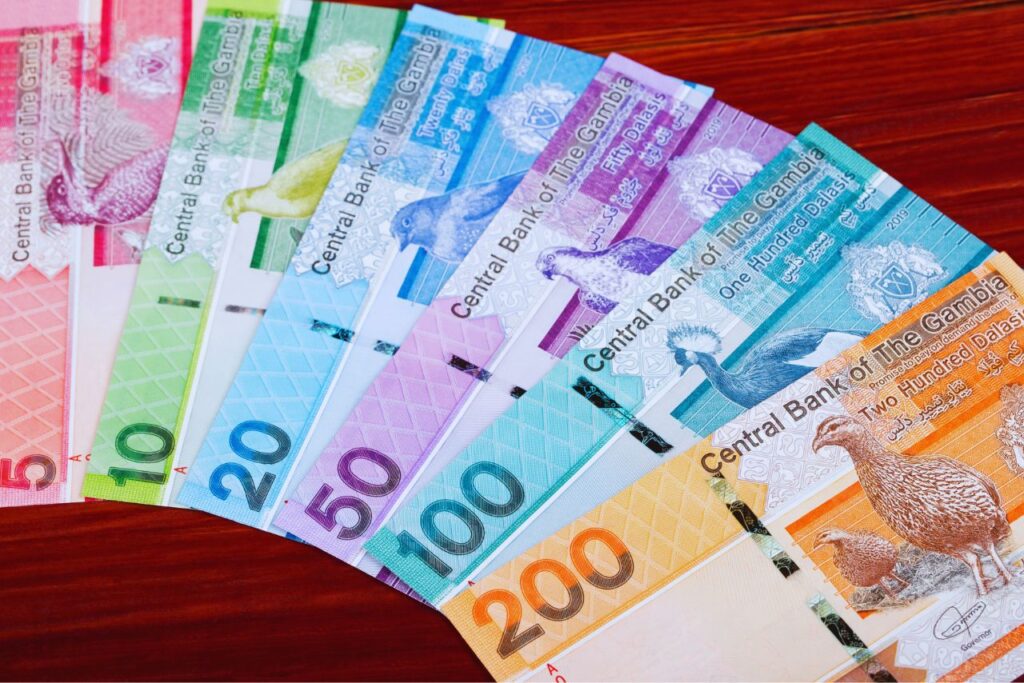
Getting around Banjul is easy because the city is compact.
Walking is the best way to explore, but you can also take taxis for short distances. Always agree on the fare before starting your ride.
Carry cash in Gambian dalasis, as markets and small shops often don’t accept cards.
Dress modestly, especially when visiting markets or religious sites.
Most importantly, travel with an open heart.
Gambians are known as some of the friendliest people in Africa, and simple greetings go a long way in making connections.
Final Thoughts
Banjul may not be the largest or the most famous African capital, but that’s exactly its beauty.
It feels personal, welcoming, and real.
Walking its streets, sharing meals with locals, or crossing the river on a crowded ferry gives you a taste of life beyond the tourist brochures.
This is a city that invites you to slow down and immerse yourself in its rhythm.
So pack light, bring your curiosity, and let Banjul guide you into its heart. Beyond the beaches and the palm trees lies a capital rich with history, warmth, and unforgettable stories.
The journey is waiting. All you need to do is say yes.




